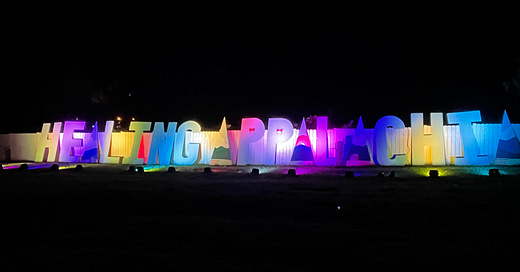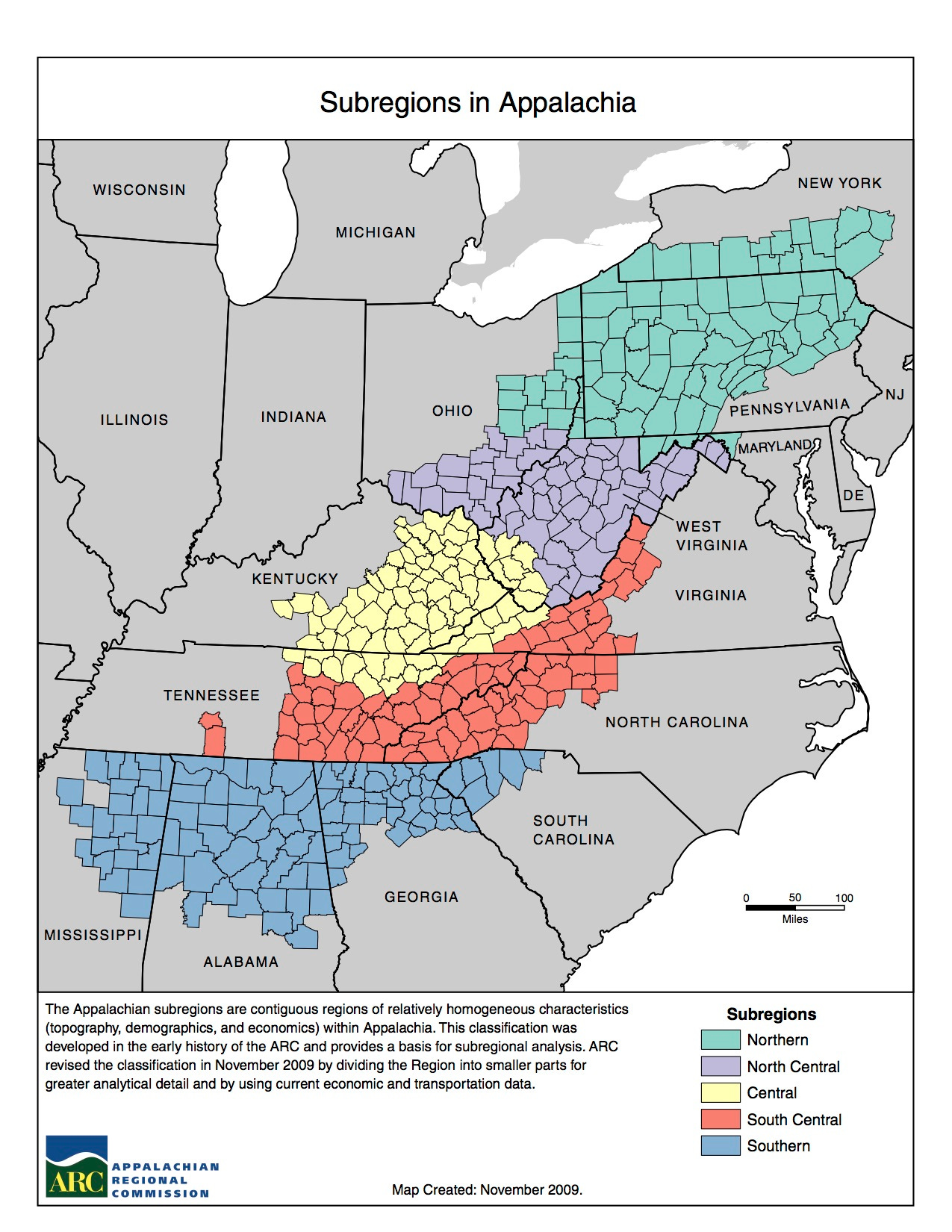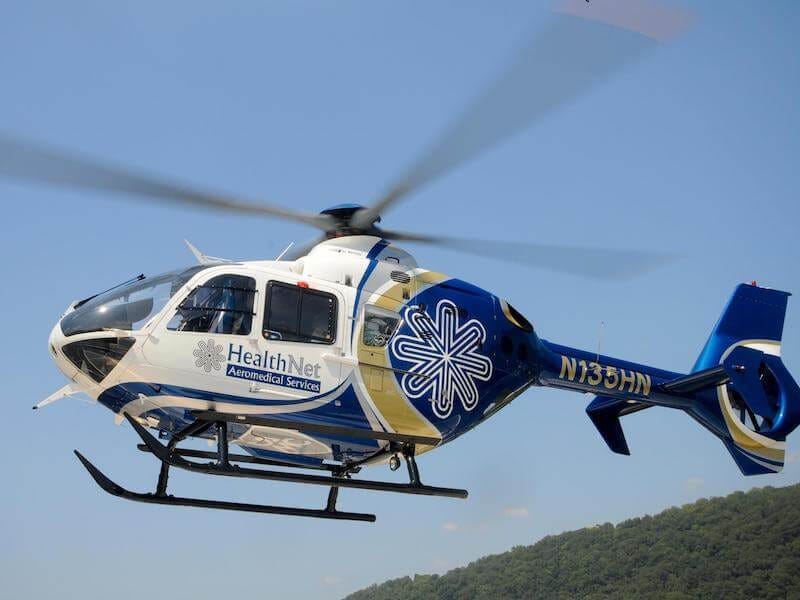Friday and Saturday night Jan and I, son Elijah and his girlfriend Alexandra, attended the “Healing Appalachia” concert at the WV State Fairground in Lewisburg, WV. The event was a two day music festival to raise money and awareness for drug addiction. In addition, they gave training to over 1000 folks on how to use intranasal naloxone (or Narcan) for opioid overdose. There were booths from rehab facilities and counseling services and all in all, it was a wonderful event, culminating in a concert last night by Tyler Childers, a musician whose life and music are deeply ingrained in, and shaped by, Appalachia.
https://healingappalachia.org/
For decades this region has struggled under the weight of opioid addiction and overdose deaths. For the longest time it was pills; hydrocodone, oxycodone, oxycontin. More recently, it has been heroin and fentanyl as well as methamphetamine (not an opioid mind you, but just as great a scourge). The breath has been crushed from men and women all across the region, as surely as if they had been trapped beneath a collapsed roof in a mine. But with less sympathy, maybe. You don’t see as many memorials to drug overdoses as you do to those who die beneath the earth digging coal to fuel, well, let’s just say civilization. Pity; memorials might have given more popular weight to the cause and sooner.
The effects are the same, whether the deaths are industrial or chemical. Fatherless and motherless children; grieving parents. Grandparents raising their children’s children. Pain, poverty, more depression, more addiction.
Events like this weekend are shining reminders that someone cares. That there is momentum, even if it is slowly building. I see it in many of the overdose I have resuscitated. A little Narcan and they’re up. And if we speak to them with kindness, with sympathy, they’ll say ‘I want to get off of the drugs. I don’t want to live like this.’
Some, frail as wounded, dying birds, seem hollow. As if their essence were fading. Infected scars on arms, legs and neck testament to years of injections and infections. Picking them up from a car, from the floor and putting them on a stretcher and there is the feeling that they are already lifeless; despite sunken, moving, searching eyes and mouths with decayed, broken teeth, lips and tongue too dry to speak. Many of these have nearly ‘crossed the bar.’ It’s only a matter of time; only a matter of one more hit, no matter what we do with our bright hospital rooms and medications.
But for Appalachia, it’s going to take more than managing addiction. Behind the venue is a community hospital; Greenbrier Valley Medical Center. As we listened to the concert, over about four hours, three helicopters arrived, loaded patients and rose back into the music-filled sky, patched with moving rain clouds. A star shone now and then, representing a break, a ceiling so that those magnificent machines could come and go on their important (and extravagently expensive) missions.
Small hospitals like this have few resources and as I’ve said so many times, the brunt of the collapse of healthcare lands on them every single day. Patients with terrible illness and injury; few physicians and nurses, almost no specialists in an era when everyone seems to need a specialist.
To heal Appalachia, there’s going to need to be investment in healthcare. In education, in facilities, equipment and EMS. The powers that be need to recognize this and treat it as the priority it is. I have worked for almost my entire career in Appalachia and I see how things look on the ground. Thes people matter. They have supplied the nation with energy, food, timber, recreation and the service and blood of countless brave soldiers, sailors, airmen and Marines. And as it stands, people all across this vast region are suffering. And deserve better.
https://artsandsciences.sc.edu/appalachianenglish/sites/default/files/Subregions_2009_Map.jpg
But before I close, I will offer one suggestion for Appalachian people and the Healing Appalachia organizers. While we were at the Healing Appalachia event, it was amazing how much alcohol was being served and consumed. And the smell of marijuana was on the air everywhere. If we’re going to take addiction and healing seriously, then offering large amounts of alcohol at the event probably sends the wrong message. Ditto for tolerating weed. I think there’s still this sense that it’s harmless. My experience as a physician, and as someone who has known users, suggests otherwise. Yes, alcohol is probably worse, but the data isn’t yet in an cannabis. Don’t look for it to have a net positive impact in society, no matter how much businesses want to market it that way.
On the other hand, baby steps, right? Don’t get me wrong. I’m thrilled that people were there to try to help with the opioid issue. I’m delighted to see grassroots action from mountain people who have had to solve their own problems and care for their own clans since the first crossed the Alleghenies.
If Appalachians want healing, they’ll have to start by living healthier lives as individuals. That means teaching kids to be in shape. It means eating better, exercising, working on rates of obesity, diabetes, hypertension and other killers and learning to address even those substances which may seem like small stuff compared with fentanyl; but which take a toll on lives every day. If there were no tobacco, in 20 years Appalachian healthcare would look remarkably different. I say this as the guy who stands at the bedside of the patient with heart attack, the patient with a new malignancy that has already spread everywhere. The patient struggling with emphysema or weak on one side from stroke.
We enjoyed the show. And I’m so appreciative of the organizers and the mission as well as the excellent performers. And oddly, I enjoyed the sound of those helicopters landing and taking off.
It called up memories of an earlier time in my career when I was onboard in another place, watching the Indiana countryside slip by as I helped manage the medications and airway of the patient we had loaded.
But now, later in my career, I see what it represents. Like the music, the base thump of the rotors is a sound that should remind us that there’s much more to be done.
Edwin





